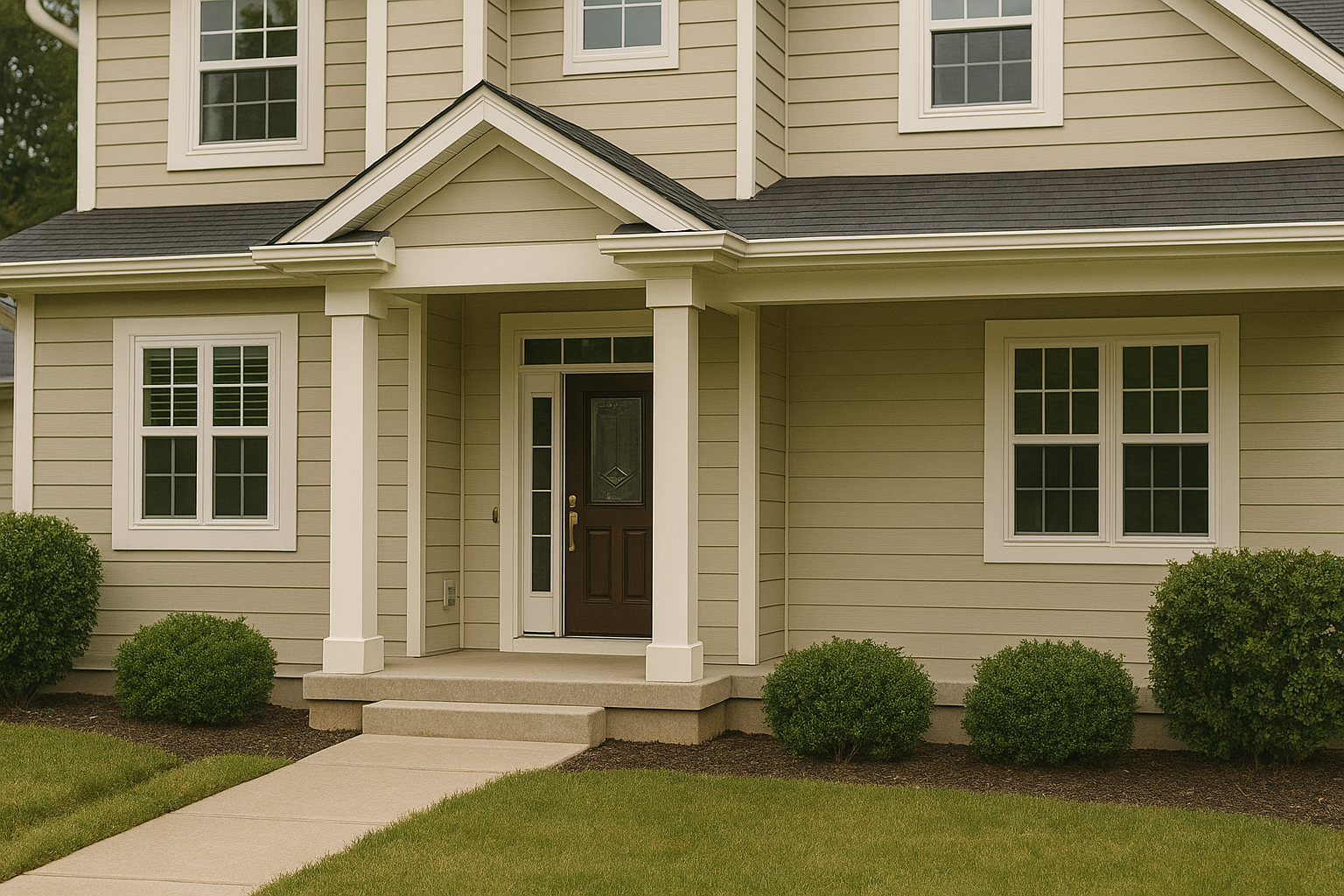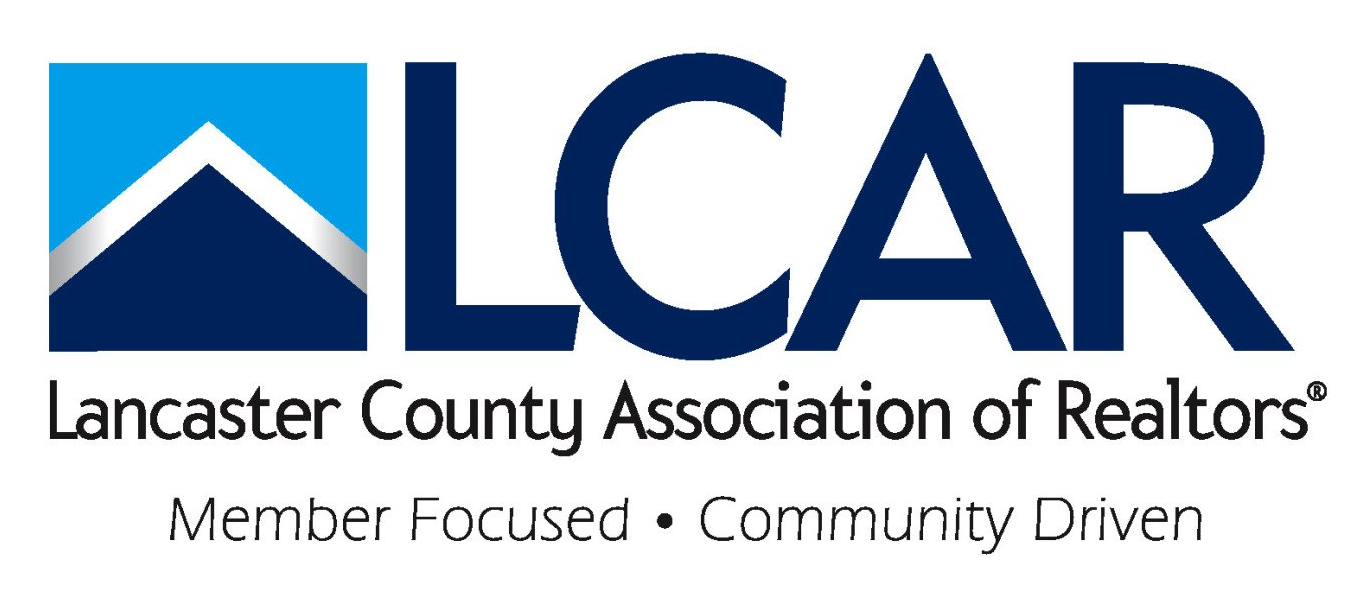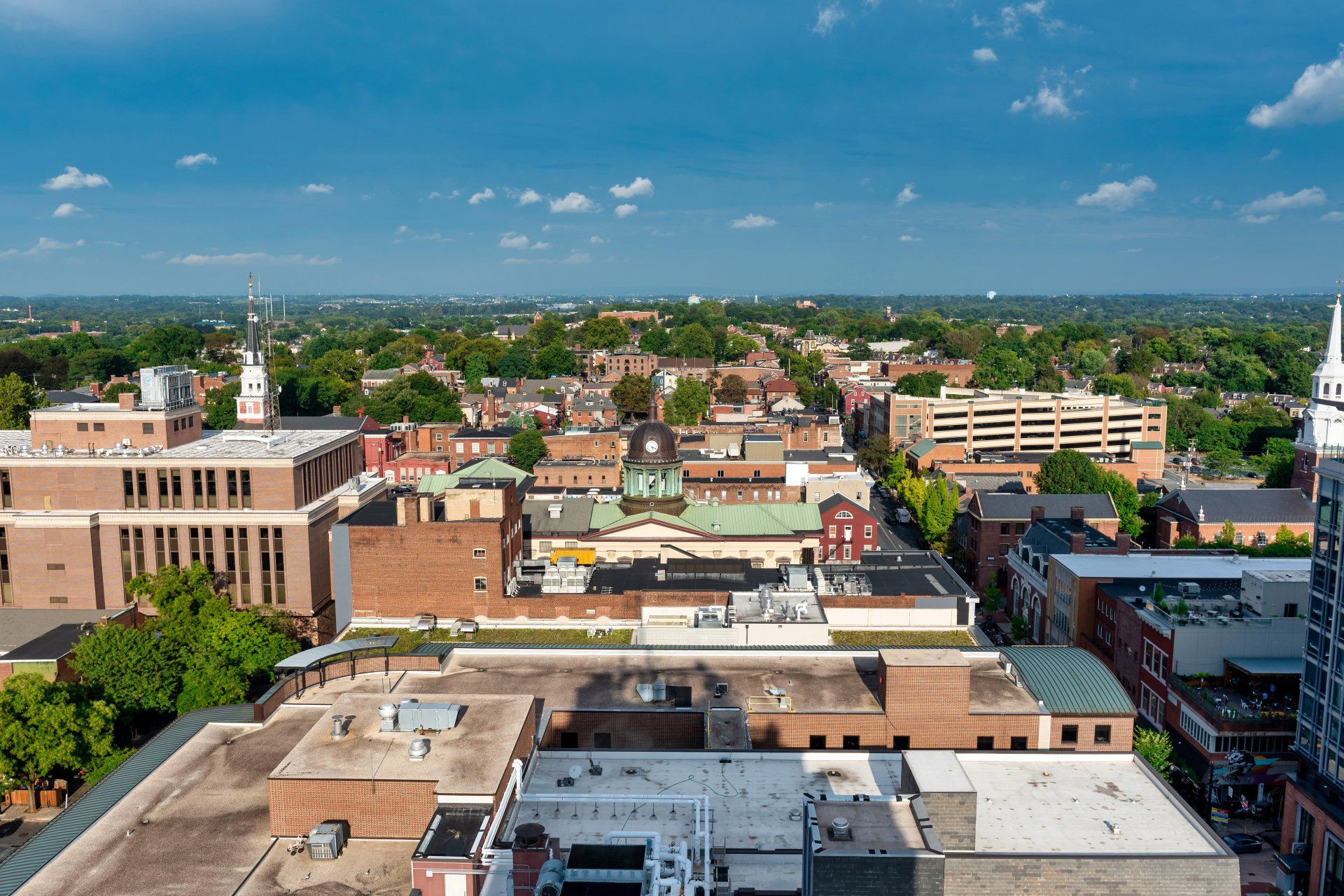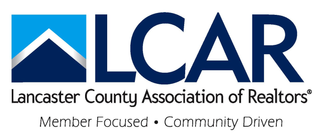By Wendy Jo Hess, Puffer Morris Real Estate
•
August 11, 2025
Chances are you have had at some point in your career, a client who was interested in buying a property to use as a Short-Term Rental (STR). In recent years the popularity of these types of properties has grown due to a culmination of factors. Landlords realized profit margins are often greater than a standard yearly rental. Or they can help offshoot the cost of a vacation home, with income and tax status, but still leave availability for the owner to use. Travelers have taken a shine to them over hotels, due to the ability to stay with larger groups, affordability, and more comforts like real kitchens and gathering spaces. A problem arose when municipalities realized a significant amount of housing stock was being taken over by such rentals, thereby limiting standard rental housing, which obviously drives up prices. Residents began being priced out of areas due to lack of supply. In response, local governments began cracking down with ordinances and zoning laws. You may have even read about lawsuits in large cities such as New York and Los Angeles. (In NYC new STR regulations went into effect and now the number of legal STRs has gone from 10,800 to just over 800 licensed units at the beginning of December 2023.) A detailed list of each of Lancaster County’s municipalities’ STR rules and regulations would be fairly cumbersome and could easily become outdated. It’s best to either have your client look into the areas they are interested in and do their own research or help guide them along. I would also make the recommendation when buying an existing STR, to caution your client that nothing is written in stone and zoning rules can change. Even people’s travel preferences can change. My clients bought the second longest existing air bnb property in Lancaster City, and were running it as the same, when the city decided to change its STR boundaries. The odd thing was they were still allowed to do short-term over 30-day rentals, so the new law didn’t even seem to address the housing shortage in the first place! They were happily surprised by the demand for over 30-day (it often ends up being a few months rental) housing, many travel nurses and businesspeople booked stays. If your client does their budget on proposed short-term income and then has trouble paying the mortgage when the rules change, no one wins. -Copyright © Short-Term Rental Guidelines, Wendy Jo Hess, Puffer Morris Real Estate. 2025. All Rights Reserved. Facts, opinions and information expressed in the Blog represent the work of the author and are believed to be accurate, but are not guaranteed. The Lancaster County Association of Realtors is not liable for any potential errors, omissions or outdated information. If errors are noted within a post, please notify the Association. Posts represent the author's opinion and are not necessarily the opinion of the Association.
















































































































